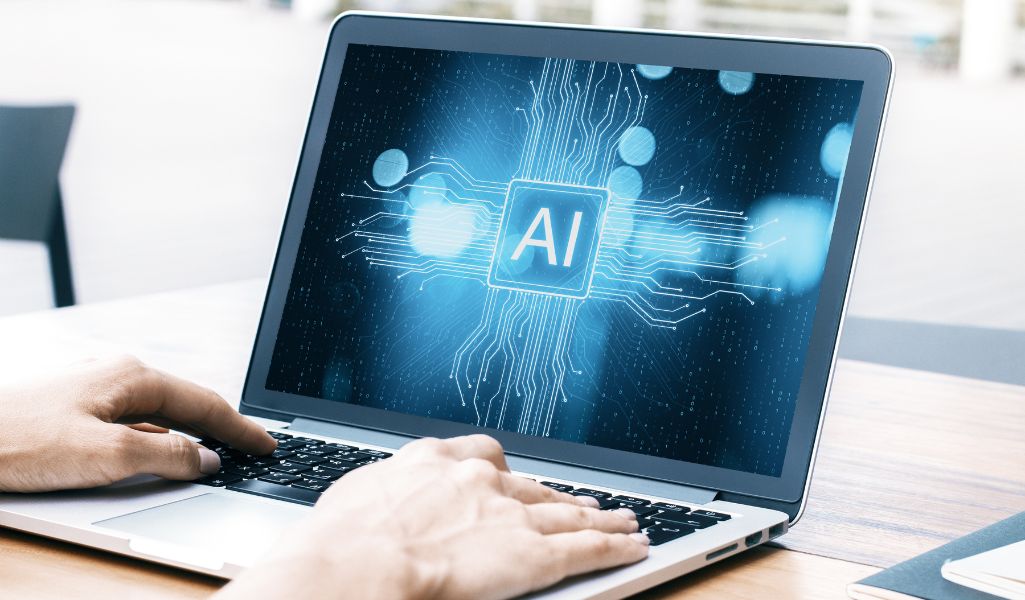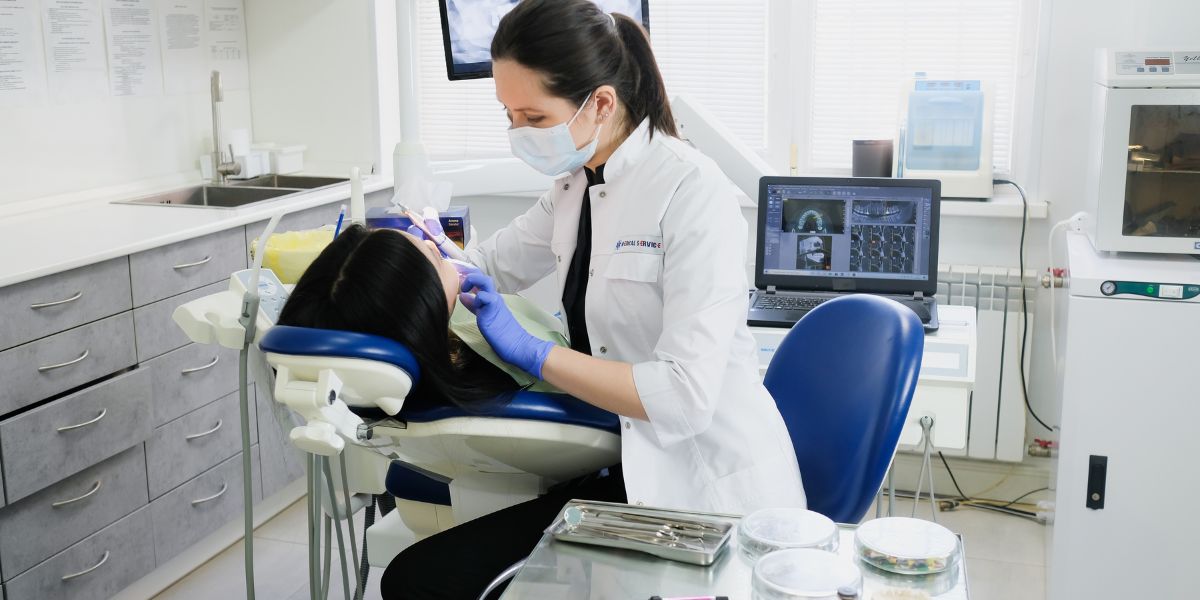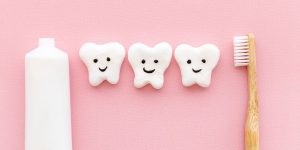How Advanced Dental Technology is Changing the Way You Experience Treatment
When was the last time you thought about how much technology influences your daily life? From smartphones to wearable gadgets, technology has changed the way we live. But did you know that advanced dental technology is also transforming the way you experience dental care? With constant innovations, dental procedures that once seemed intimidating or invasive are now quicker, more comfortable, and more efficient.
Gone are the days of old-fashioned dental tools that felt clunky and uncomfortable. Today, advanced dental technology in dental clinics allows patients to enjoy a smoother, pain-free dental treatment experience. Whether it’s reducing the anxiety associated with dental visits or making procedures more precise, modern dental technologies are taking patient care to a whole new level. So, how exactly is this technology changing the game for dental patients? Let’s explore.
Digital X-rays are one of the most significant advancements in dental care. Traditional X-rays required films that could take minutes to process and weren’t always as precise. With digital X-rays, dentists can get immediate, clear images of your teeth and jaw, which helps them spot potential issues much faster.
This quick processing time doesn’t just save time; it also helps your dentist catch potential problems early on, from cavities to impacted teeth, before they turn into bigger, more painful issues. In fact, digital X-rays expose patients to up to 80% less radiation than traditional X-rays, making it a safer alternative for both adults and children.
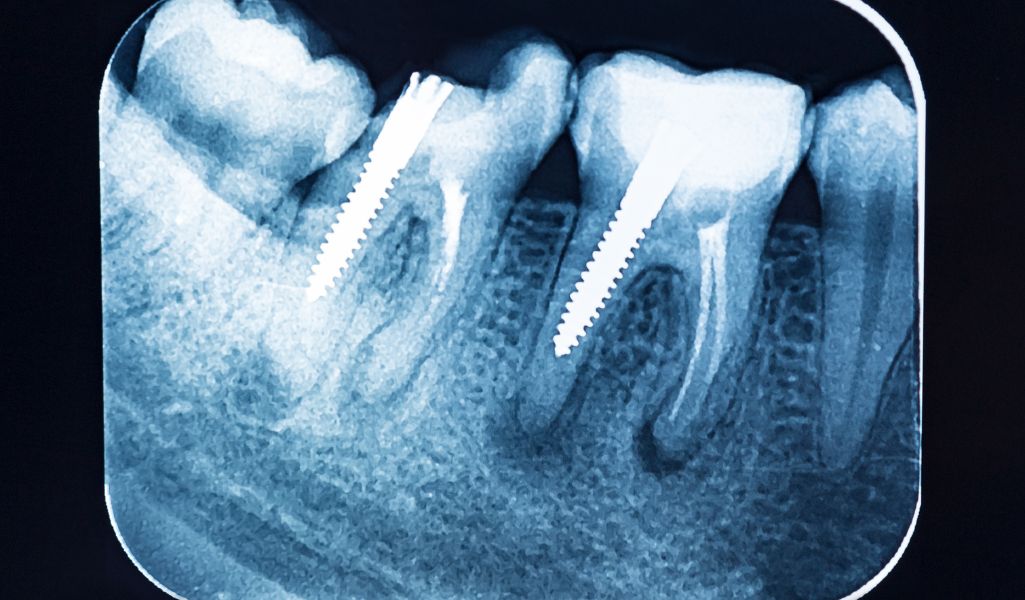
By reducing the time spent waiting for results and improving the accuracy of diagnoses, digital X-rays ensure you get the best possible treatment with minimal hassle.
If you’ve ever had a cavity filled or a gum treatment done, you likely remember the sound and vibrations of a dental drill. While effective, the traditional dental drill can be uncomfortable and even cause anxiety for many patients. This is where laser dentistry comes in.
Laser dentistry uses focused beams of light to remove decay, treat gum disease, and even whiten teeth without the discomfort and noise associated with traditional dental tools. Laser treatments are more precise, minimizing damage to surrounding tissues and promoting quicker healing.
The benefits of laser dentistry include faster procedures, less pain, and a reduced need for anesthesia. With lasers, dentists can target specific areas, leading to more efficient treatments with fewer side effects. Whether it’s for a routine cleaning or a more complex procedure, laser dentistry is revolutionizing the patient experience.
When it comes to complex dental procedures, like placing dental implants or performing orthodontic work, precise treatment planning is essential. That’s where 3D imaging comes into play. Unlike traditional X-rays, 3D imaging allows dentists to see a detailed, three-dimensional view of your teeth, jaw, and surrounding structures.
This three-dimensional perspective helps your dentist plan procedures with unmatched accuracy. For instance, 3D imaging is vital when placing dental implants, as it helps dentists determine the optimal location, angle, and depth of the implant, minimizing the risk of complications.
The ability to plan treatments with such precision also allows for better outcomes and faster recovery times. Plus, with fewer mistakes and a more personalized treatment plan, you can expect a more comfortable and effective experience.
For anyone who’s ever had braces, you know the experience can be cumbersome—metal wires, frequent adjustments, and the struggle to keep everything clean. Luckily, with advancements like Invisalign, orthodontic treatment has become much more streamlined.
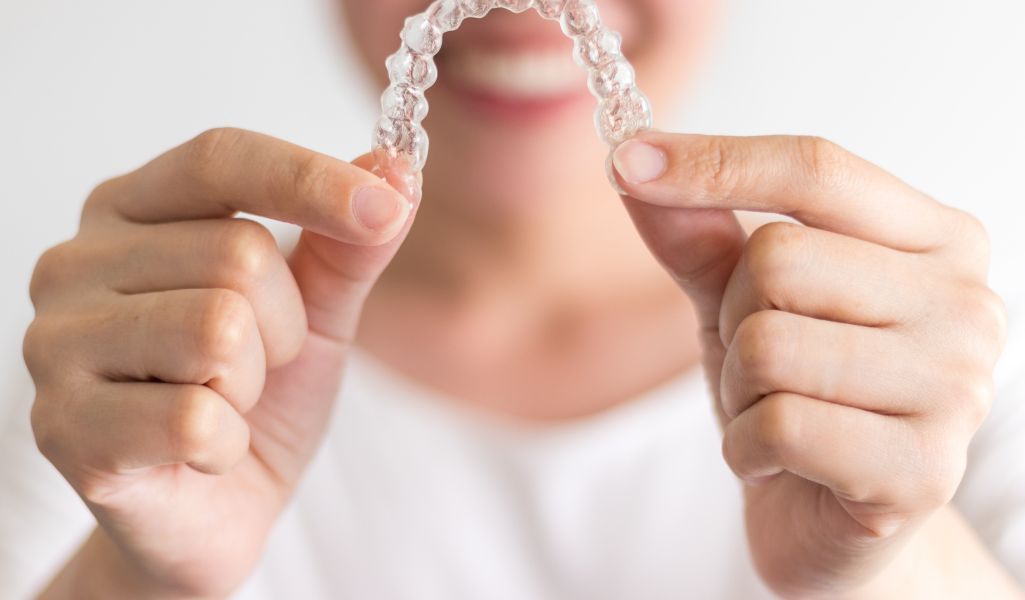
Invisalign uses clear, removable aligners that gradually shift your teeth into place. These aligners are custom-made for your mouth and are virtually invisible, making them an excellent option for teens and adults who want to straighten their teeth without the appearance of traditional braces.
One of the greatest advantages of Invisalign is that you can remove the aligners to eat, drink, and brush your teeth. This means no food restrictions and easier oral hygiene, unlike traditional braces, which can make brushing and flossing more challenging. The whole process is quicker, more comfortable, and much more aesthetically pleasing.
In recent years, the rise of telehealth has led to the emergence of teledentistry, which allows patients to receive consultations and care from the comfort of their own home. Using secure video calls or digital photos, patients can consult with their dentist remotely for various concerns, from routine check-ups to specific dental issues like tooth pain or orthodontic advice.
Teledentistry has become especially important during the COVID-19 pandemic, offering an alternative for patients who are unable to visit the dental office in person. However, even as restrictions lift, this form of care is expected to continue to grow. Teledentistry not only increases access to dental care but also offers convenience for busy individuals who might not be able to make it to the office regularly.
Traditional dental impressions can be uncomfortable and messy, often requiring patients to bite into a tray filled with a goopy material. Fortunately, digital impressions have completely revolutionized this process.
With digital impressions, your dentist uses a small handheld device to take precise, 3D images of your teeth. This method is more comfortable, faster, and eliminates the need for the messy materials of traditional impressions. Digital impressions can be sent directly to dental labs, allowing for quicker creation of crowns, bridges, or Invisalign aligners. This means fewer visits to the dentist and a more seamless experience overall.
Artificial intelligence (AI) is making its way into the world of dentistry, particularly in diagnostics and treatment planning. AI algorithms can analyze dental X-rays, CT scans, and even patient records to identify patterns and detect issues such as cavities, gum disease, or even oral cancer.
